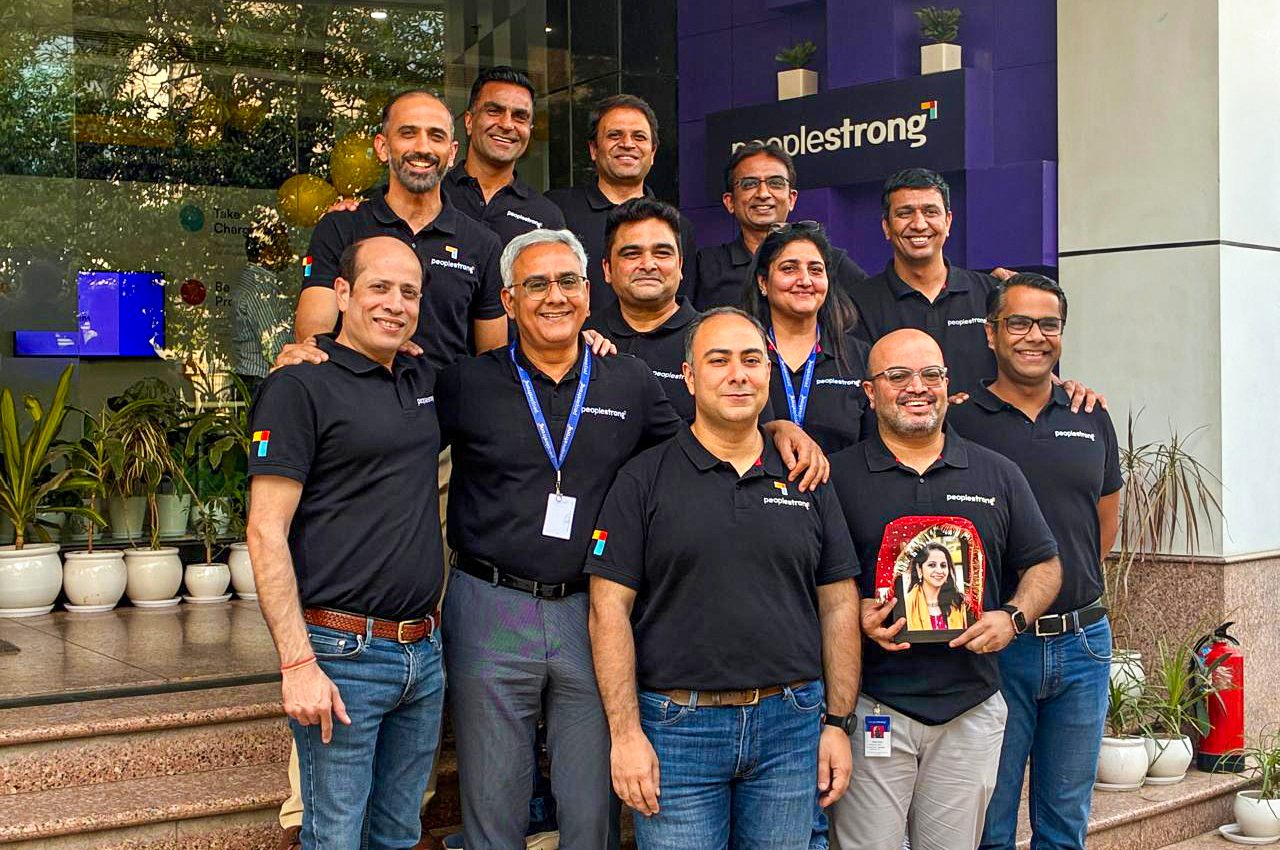More than 50 lakh students graduate per year but very few are fit to be employed. 50 per cent of Indian graduates lack basic employability skills. Around 10 Lakh Gross Enrollment Ratio (GER) for higher education people will join the labour force every month for the next 20 years without adequate training. 80 per cent of the India’s higher education system of the year 2030 is yet to be built, says a report conducted by www.inspiria.net.in, a non-profit organisation.
The biggest issue that has taken over the education sector is the unemployability of educated people more than unemployment. PankajBansal, CEO of PeopleStrong HR Services Pvt. Ltd opines: “Skilling has no meaning if it doesn’t prepare an employer to be industry ready. By 2021, around 64 per cent of working population will age between 20 to 35 years. With less number of jobs in the market, it’s important to encourage self-employment through start-ups and entrepreneurs. Budget 2014-2015 allocated Rs 10,000 crore for new businesses, national accelerators and incubators for startups will encourage self-employment and support start-ups,” Bansal tells you.
The Government’s initiatives to launch new agricultural universities, rural Internet connectivity, agro-technology institute in Assam and Jharkhand and to promote agriculture and horticulture universities in Tamil Nadu, Haryana, Andhra Pradesh, will help to recognise the unorganised job sectors and work towards generating jobs.
“Around 60 per cent of India’s GDP comes from the services sector which employs 26 per cent of the workforce. There are around 10 per cent of organised jobs in India whereas 90 percent of the jobs are unorganised, mostly catering to the agriculture sector. Agriculture that employees more than half of India’s total workforce, contributes merely 30 per cent to the GDP. Thus there is a huge gap in fulfilling the requirement. Also, 13 per cent of this sector goes to disguised unemployment. All this will see a change with this year’s Budget and may provide better job opportunities with satisfactory returns, encouraging people to opt for this field,” Bansal explains, adding that apart from the service sector, there is a lot of job prospects in healthcare, IT, manufacturing, infrastructure and insurance sector.
As per the World Health Organisation, there is only one doctor per 1,700 citizens in India. While the Union Health Ministry figures claim that there are about 6 to 6.5 lakh doctors available, India would need about four lakh more by 2020—50,000 for Primary Health Centres, 0.8 lakh for community health centres, 1.1 lakh for 5,642 sub-centres and 0.5 lakh for medical college hospitals. “Setting up more AIIMS centres will not only provide quality healthcare to the people but will also help in imparting health education and produce more qualified doctors.
“Moreover, due to rise in manufacturing, fiscal deficit will come down. If the expectations of GDP growth of 7 to 8 per cent are met, we might look at creating about 10 million jobs in the next three to four years. “Moreover, rise in FDI would encourage investment in capital especially by foreign companies, leading to rise in hiring and more job openings. One area which has not been directly addressed is archaic Apprenticeship Act 1961 which needs to be amended and new reforms for internships can be created to provide better work experience to the freshers,” Bansal says.
This article was published on The Pioneer












